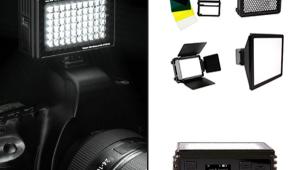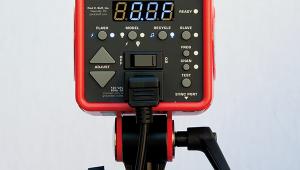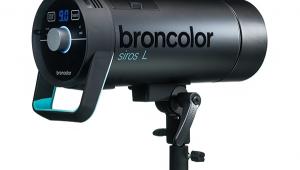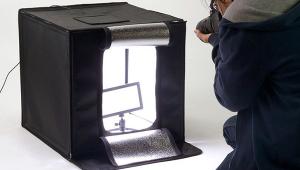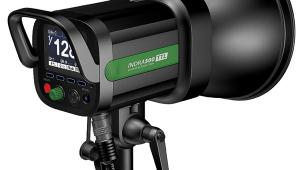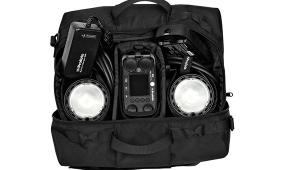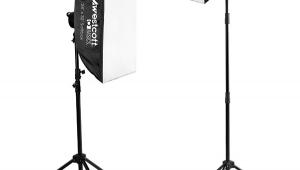Canon Speedlite 600EX-RT & Transmitter: Flash With Built-In Radio-Operated Trigger
The Canon Speedlite 600EX-RT flash represents a significant new release for Canon photographers, most specifically for those using off-camera flash. A very capable and reliable flash on its own, its real forte is when used as the heart of a radio-controlled flash system. Eliminating the need for third-party radio transmitters and receivers to wirelessly connect off-camera flashes to the camera, and without the restrictions of similar infrared systems that require line of sight, the 600EX-RT system provides solid and, in my test, very dependable real-life operation in the field.
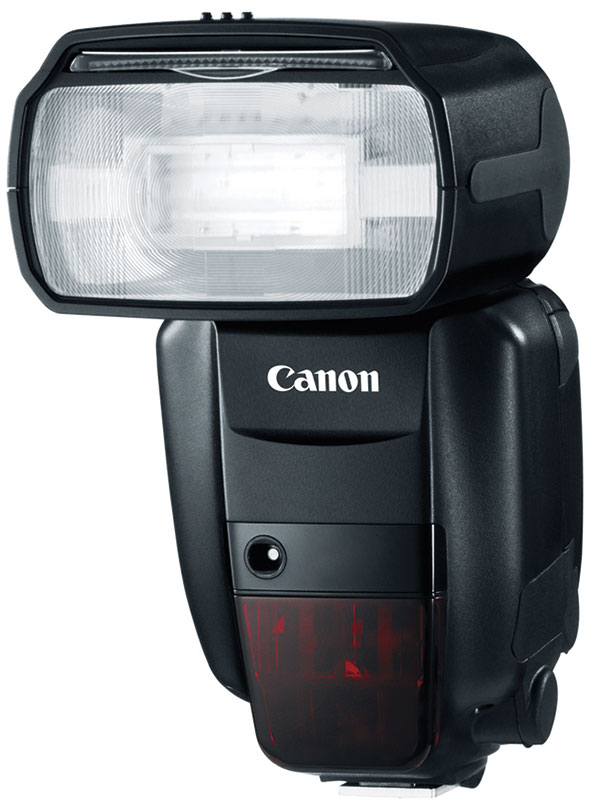
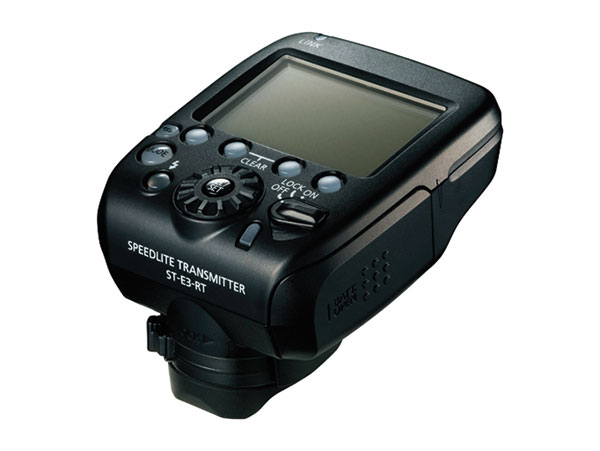
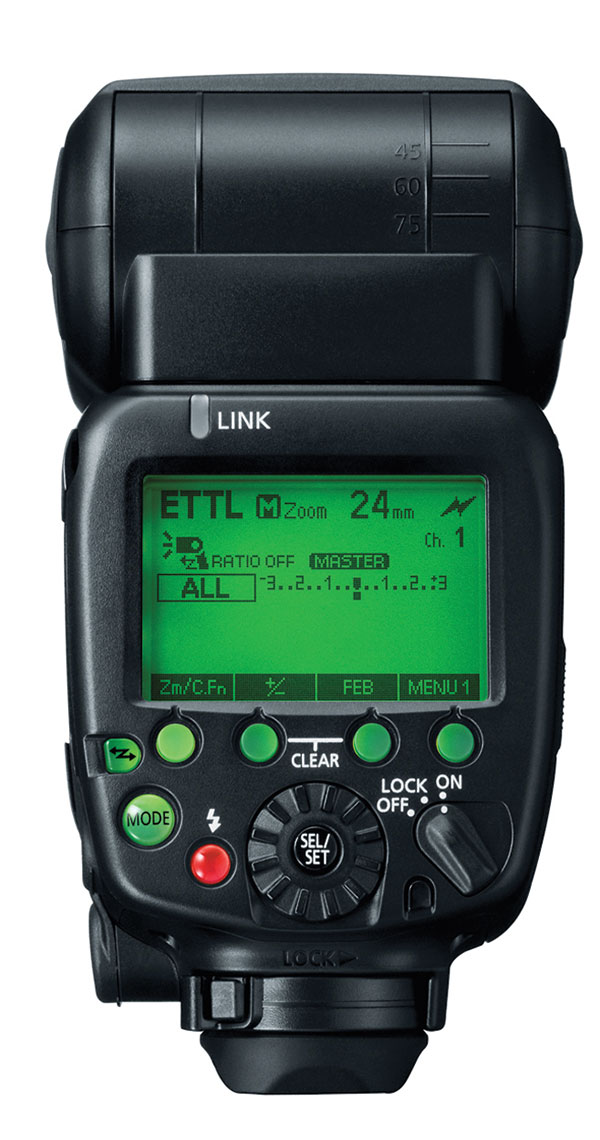
The 600EX-RT replaces the venerable 580EX II. I assume, as hinted at in the 600EX-RT’s owner’s manual, that there will eventually be a “Speedlite 600EX” sans radio capability, although, as of this writing, this is not corroborated on major online sites or at Canon’s website. Like the 580EX II, the 600EX-RT includes an optical wireless flash shooting function so it maintains a “backward compatibility” with older flashes in that regard, but here I’ll stay focused on the built-in radio remote trigger system.
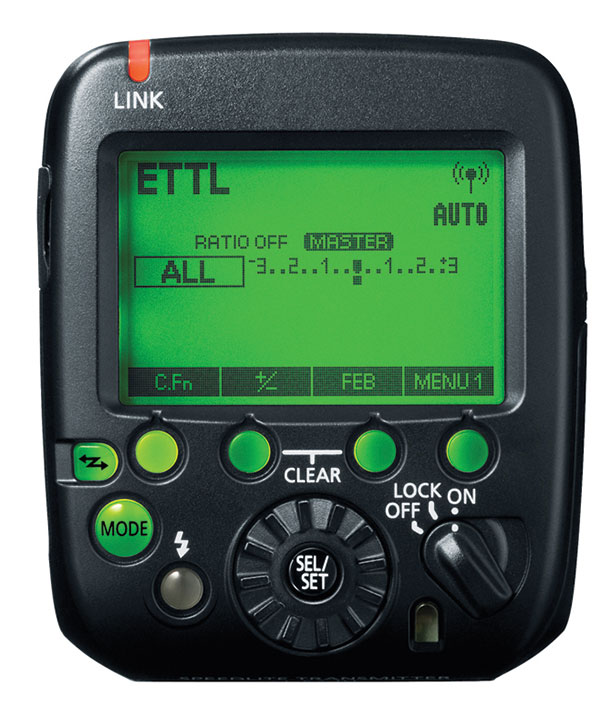
Photos above courtesy of Canon U.S.A., Inc.
Specs
The 600EX-RT is a rock-solid, well-built, capable, and dependable flash unit with a maximum Guide Number (GN) of 197 at ISO 100 at 200mm, less so at wider focal lengths. (For example, at 20mm it has a GN of 86.) It has a 360-degree swivel bounce head, and covers the 20-200mm range; plus up to a 14mm (non-fisheye) wide angle is supported with the built-in diffuser panel.
Recycle times are quick, especially when using Ni-MH batteries. Considering the price of $549 (Canon’s online store) and now unnecessary third-party radio triggers, the 600EX-RT is a good value, at least for those who use multiple flash and want the range with no line-of-sight requirements. Let’s take a look at using the 600EX-RT and the accompanying Speedlite Transmitter ST-E3-RT in multiple-flash radio-controlled modes.
Flash Modes
The 600EX-RT’s radio system supports full E-TTL, as well as manual shooting modes. Reliability is key in any flash usage and in my extensive testing I found no hit-or-miss firing in the thousands of exposures I have made so far. I never had a single failed shot, either in manual or in E-TTL mode. Couple that with no external trigger, no flimsy wiring, and less parts to carry, and you can see why I am enthusiastic about this setup.
Remote Firing
Remote 600EX-RT flash can be fired from either a camera-mounted 600EX-RT or from the ST-E3-RT transmitter, which is, in essence, a 600EX-RT without a flash head (and without the optical linking capabilities…it is only a radio transceiver). While Canon camera bodies from 2012 and later also support flash control from in camera menus, it is important to note that either the 600EX-RT or the ST-E3-RT transmitter has to be hot-shoe mounted to the camera body (as the master) for the system to work in controlling off-camera 600EX-RT flashes as slaves. In cases where all you want is the off-camera flash/flashes to fire, not the camera-mounted flash, the 600EX-RT can be set so the flash tube is off. Or, alternatively, the ST-E3-RT transmitter may be used.
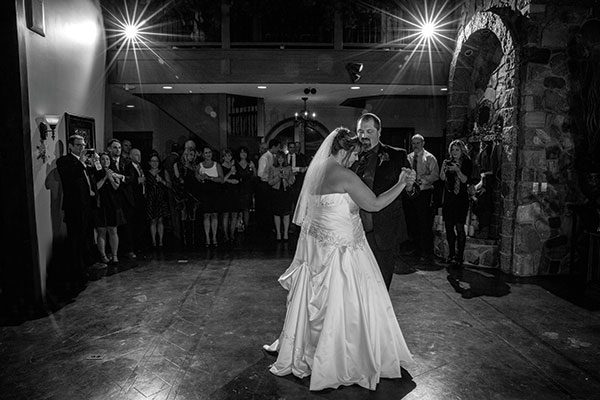
© Russell Caron Photography, Inc.
There are near limitless combinations of flash settings. The on-camera flash can be in E-TTL mode while serving as the master transmitter for one or more 600EX-RT flashes located off-camera—which can also be in E-TTL mode or in manual mode. Or vice versa. In E-TTL mode, you can create (up to three) groups of one or more flashes—and have full ratio control among the groups. You can have even more groups—up to five—when some of the groups are in manual mode. The maximum distance between the master and slaves, by Canon specifications and my testing, is 98 feet. (If there is one reason to keep a couple of your old third-party manual-only triggers, it would be only for the extremely rare case when a camera-flash distance would exceed the 98-foot distance, as I’ve used these devices with some success at 300 feet and more.)
Menus And Setup
For all its capabilities, the system lends itself to fairly rapid familiarization. The on-screen interface with either the 600EX-RT or the ST-E3-RT and the physical buttons are clear, with a high-contrast illuminated screen. Some functions take a few button pushes to work through the menus, but it’s hard to get lost along the way, as things are well laid out.
To start a radio-controlled 600EX-RT setup, the mode button cycles you through the mode you’d like: E-TTL, manual, and so forth. Then, the wireless button (above and to the left of the mode button) cycles through its various modes to dictate how the unit should function, be it as the radio master, radio slave, optical master, optical slave, or off (for when the flash is used solo).
Multi-Flash Setup
The essence of a multi-flash setup is to set the on-camera 600EX-RT to the desired flash setting mode, such as E-TTL or manual, and then to set the wireless mode as the radio master. An antenna icon appears, along with the user-set channel. Next, each off-camera flash is also first set to its operating mode (E-TTL, manual, etc.) and then set with the wireless mode as radio slave, ensuring it is set to the same channel as the master. As soon as radio communication is established, each unit’s link lamp lights green as confirmation. From here, settings can be as elaborate as you want or need.
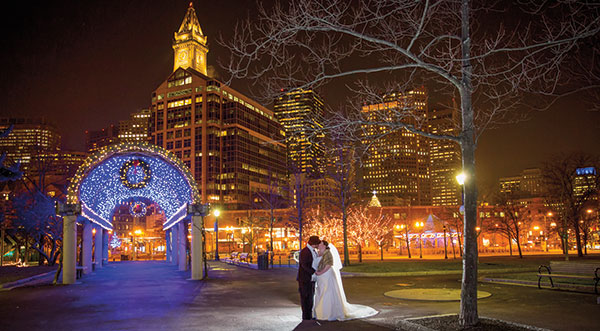
© Russell Caron Photography, Inc.
Let’s say you have four off-camera 600EX-RT flashes, as I often do when photographing wedding receptions. First, I decide if I want to control these four from a camera-mounted 600EX-RT or from the ST-E3-RT controller. It’s pretty much the same process either way, except of course with one way you have an on-camera flash option and the other you don’t, but in each case full control of the room full of remote lights is happening right at your fingertips. Next, I assign two groups of two lights each, and name them such as “Group B” and “Group C.” I like to think of the on-camera flash as “Group A.” Setting the group name is easily accomplished by touching the “Gr” menu key and toggling through as the group name letter cycles A through E.
Now, from the master flash menu (or the camera menu with most late Canon D-SLR models) the flash settings can be fully remotely controlled from anywhere in range. This includes changing them to/from E-TTL/manual; changing the E-TTL ratio and flash exposure compensation between/among groups; changing the manual power level when in manual mode; and even turning each group unit’s flash function on and off. The bride and groom’s first dance photograph shown is a good example of having ultimate flash control in reach during a session that simply doesn’t allow time to go flash to flash making changes.
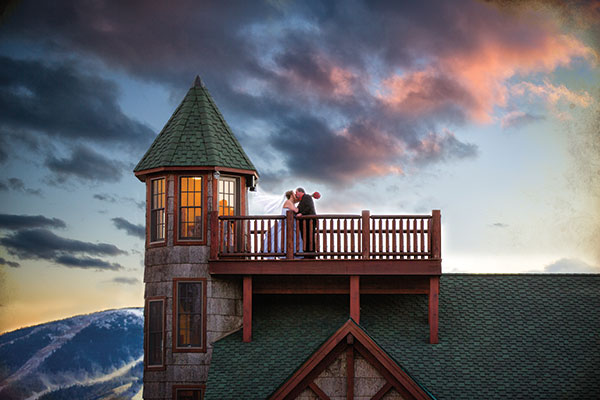
© Russell Caron Photography, Inc.
Conclusions And Recommendations
The Canon 600EX-RT system provides an unmatched flexibility, and, considering the relative complexity of some shots, quick and easy control. The flexibility of being able to change lights on the fly from remote, with the reliability that this system exhibits, is a newfound level of freedom that can instill a whole new level of creativity for photographers.
When I pack to travel to a destination wedding, the idea of being able to take an entire flash system with me in my roller bag by simply taking the flashes themselves is a whole new and wonderful way of thinking for me—no other gadgets, cords, spare parts, unique batteries, etc. Other photographers I have spoken to are reporting big time savings at on-location shoots. And, owners of Canon’s external compact battery pack for earlier flash models such as the 580EX II will be pleased to know that they also work with the 600EX-RT.
Included with the 600EX-RT is a nicely made color filter holder, a color filter set consisting of a light and dark CTO gel suitable for when a mix flash and tungsten lighting will be used, a mini stand, and carrying cases for everything.
For more information on the Canon Speedlite 600EX-RT, contact Canon U.S.A., Inc. at www.usa.canon.com.
Author Bio
Russell Caron is a wedding and food photographer based in southern Maine. His websites are www.wed-pix.com and www.food-pix.com.
Radio Spectrum
Why is the Canon built-in radio signal so significant? Canon engineers found a piece of the radio spectrum that both (a) required no license and (b) was common worldwide: the frequency (2450MHz) that was allocated to microwave ovens! But, traditional analog communication would have made the use of these frequencies impossible; flashes would go off every time they were in range of someone heating their coffee! Digital technology changed all of this—to the point that with Canon’s 15 channels, in combination of 9999 private IDs, there is, in theory, the possibility that there can now be 149,985 photographers in a single venue, each operating their radio flash signals independently.


